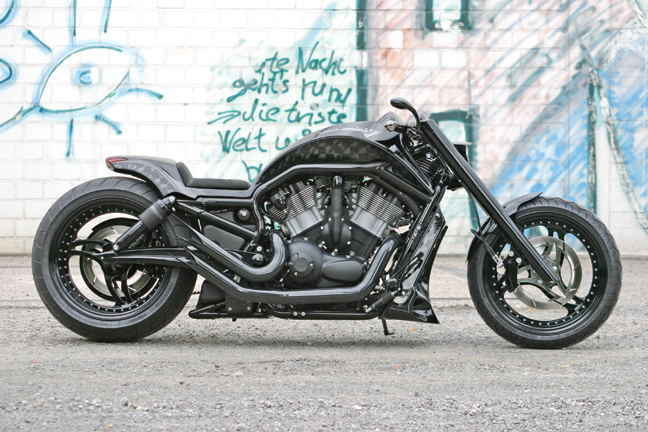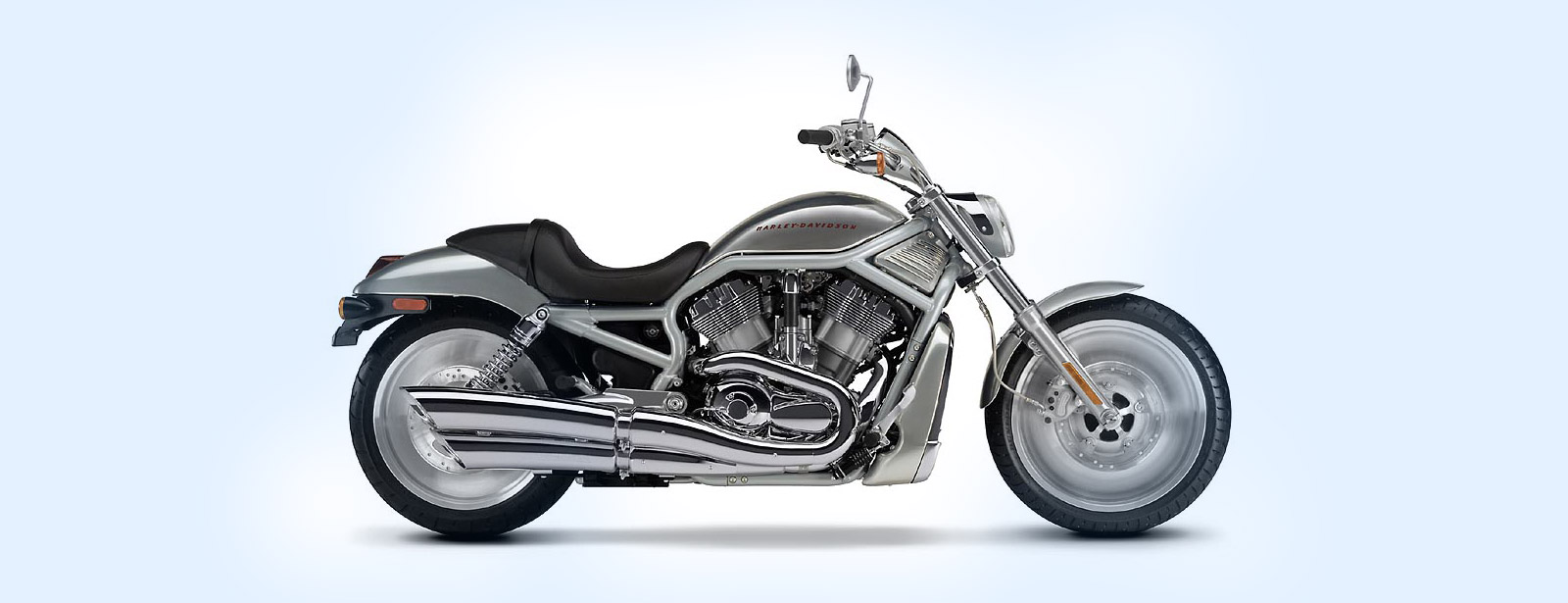There’s a difference between the cruiser and touring bikesStep 1: Sell low HP motorcycle. Sign on the dotted line. Thank you sir!
Step 2: Profit.
Step 3: Sir, before you go, you'd like more power, right? (Insert Tim Taylor engine noises)
Step 4: Stage 1, 2, or 3 sir? Just sign here, we can roll that into your original financing, no problem!
Step 5: Even more profit!
Then buy a Goldwing. Far more comfortable vs any cruiser out there and significantly outperforms pretty much all of them too.
I ride a cruiser, I know there's compromises to achieve the style, so there is form before function going on. I do ride pretty damned hard however and there's been times I've questioned whether I should buy a Wing, but I'll admit I do like the appearance of a cruiser, so I've found a happy medium in a full dresser.
if rode goldwings and in my experience they are not as comfortable as the electra glide
the transmission is clunky and they are like a kite in the wind




















